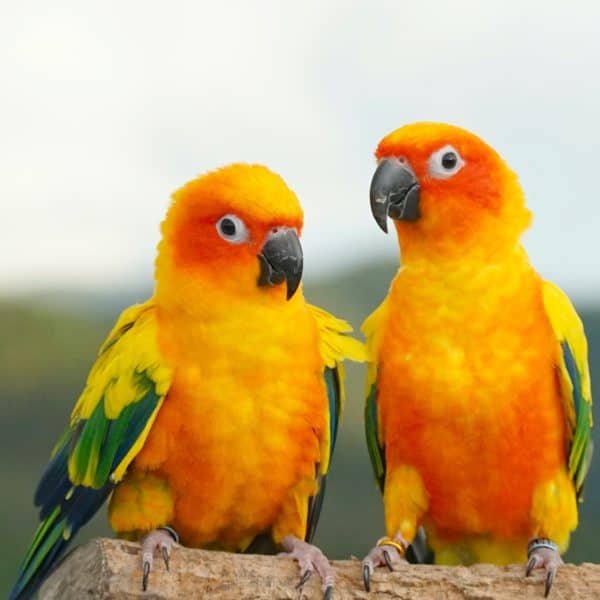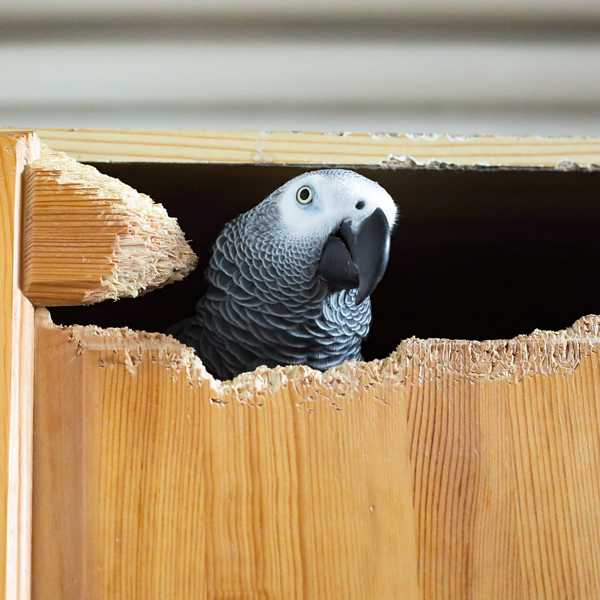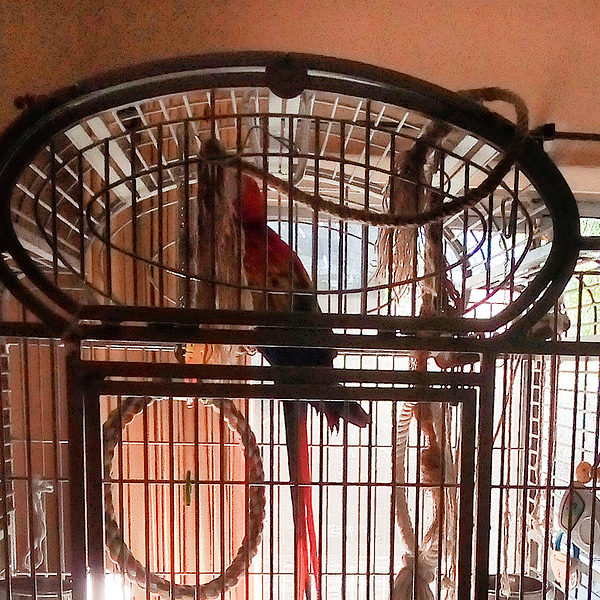Last Updated on by Mitch Rezman
Attn. Mitch Rezman
Fluorescent lights.
The recent post here on Vit. D led me to more research. It appears most if not all of the Windy City Full Spectrum lights have simple magnetic ballasts, producing visible flicker.
This is proven for chickens and assumed for the likely better eyes of psitticines with their mainly flying lifestyle. High frequency electronic ballasts are now standard for indoor fluorescents where human health is a consideration as the high frequency flicker is far faster than our visual system can perceive.
http://en.wikipedia.org/wiki/Electrical_ballast>Electronic Ballasts) Commonly about 3500 Hz in Compact Fluorescent Lights. HF ballasts are now competitive with previous mains rate (120Hz) magnetic ballasts products and are offered in full spectrum phosphors lights.
Dr. Mercola (Mercola Health Resources, LLC, no connection, yada yada) now offers these in ratings at least as good as any Windy City presently does in a 30w bulb. At similar prices. See their web site for published spectrum and other ratings: http://products.mercola.com/light-bulbs/
I’m guessing if the current stock at Windy City had high frequency electronic ballasts, this would be advertised. If not, it Should. As perceptible flicker is considered an environmental stressor in humans and other higher life forms, some investigation may reveal the source that Dr. Mercola is using and birds will benefit from the particularly targeted messages and products Windy City distributes.
Other notes: It needs mentioning that only specially designed compact fluorescent bulbs are compatible with most home light dimmers, none of which are conventional magnetic ballasts, and not all electronic ballasts. Dr. Mercola’s don’t seem to be. Of the suitable electronic ballasts, it’s still recommended they be used at full capacity for >100 hours before any dimming, or they darken and lose service life.
Opthalmologists, other MDs and archival museum people will also caution that full spectrum lighting has serious downsides! We do not have eyes that will survive full time UV outdoor exposure without increased risk of cataracts. Eventually All get them, the question is at how young of age. (Mine were at 58) Birds I observe also do Not spend time in the Sun when not necessary. Shade of some sort is common to all roosts other than predators watching for opportunities to feed.
For other downsides of fluorescent lighting (Mostly associated with UV, no specific mention of Flicker.) see:
Museums and art galleries specifically forbid Full Spectrum lighting as it’s well understood how many materials including most art pigments are degraded far more by UV light than by the normal human visual spectrum. This has real implications. I’m just starting with indoor full spectrum lights and plan to shade the computer display with it’s sensitive phosphors from direct light from the UV bulbs.
I’m also working on shading my Cockatoo’s usual perches but leaving others in direct view. It needs constant repeating that a bird with a full spectrum light too close by risks damage to their eyes and skin, just as we do. Our parrots have enough problems without being blind from cataracts.
I’ve seen a couple.
I’m greatly prefer someone doing adequate tests with modern full spectrum sensor equipment of All available lights and publishing measured UVA and UVB intensities at useful ranges of distances, particularly Too Close. Few are going to calculate intensity from any one figure even if they do understand area square rule.
In service of all the parrots we love
Author Profile

Latest entries
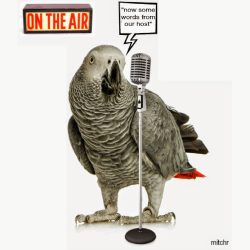 Bird & Parrot CareJune 20, 2025Understanding the Best Way to Use Prevue Pets Mimic Me Voice Trainer
Bird & Parrot CareJune 20, 2025Understanding the Best Way to Use Prevue Pets Mimic Me Voice Trainer Bird BehaviorJune 6, 2025How Do I Keep My Parrot From Dumping His Food Every Day?
Bird BehaviorJune 6, 2025How Do I Keep My Parrot From Dumping His Food Every Day?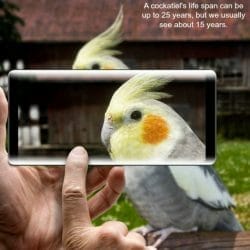 Birds & LightingMay 16, 2025I Am Seeking Clarity About Lighting for My Birds Cage
Birds & LightingMay 16, 2025I Am Seeking Clarity About Lighting for My Birds Cage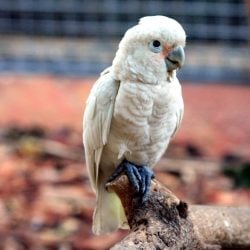 Bird RescueApril 29, 2025How Do We Re-Home a 17 yr Goffin Cockatoo?
Bird RescueApril 29, 2025How Do We Re-Home a 17 yr Goffin Cockatoo?

